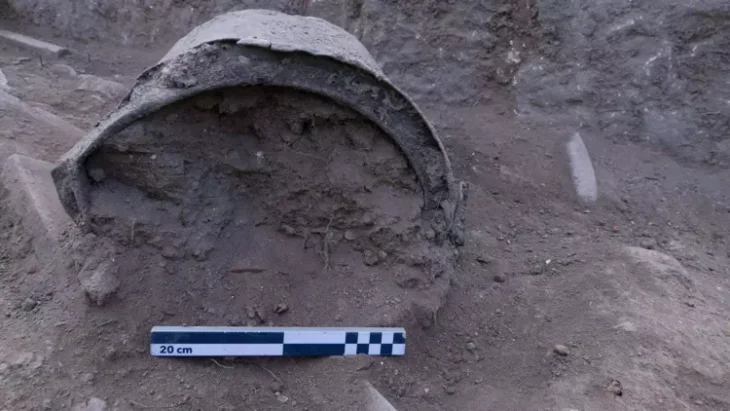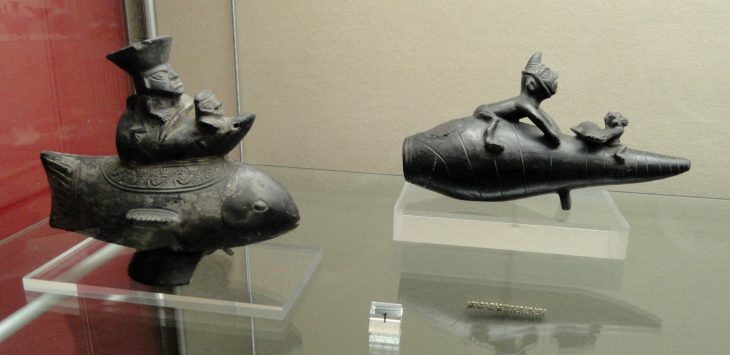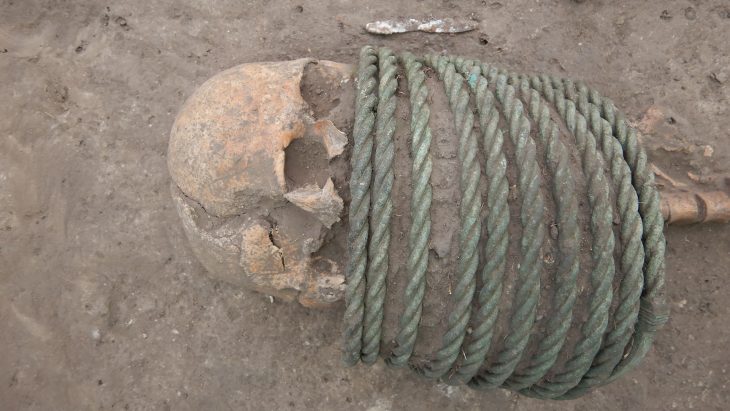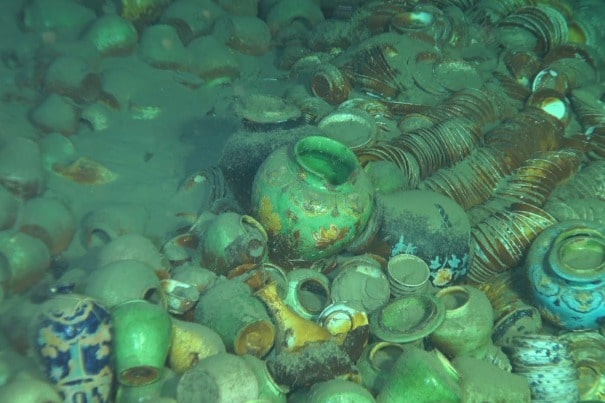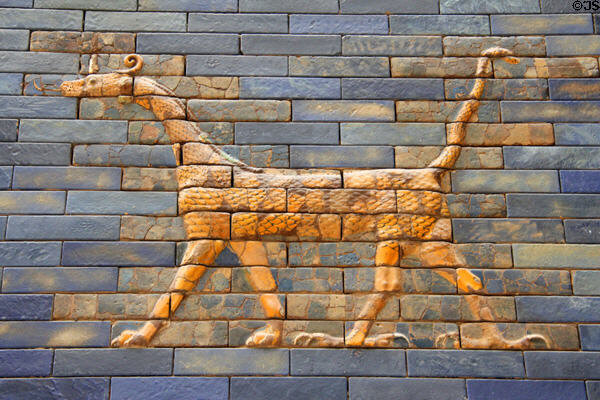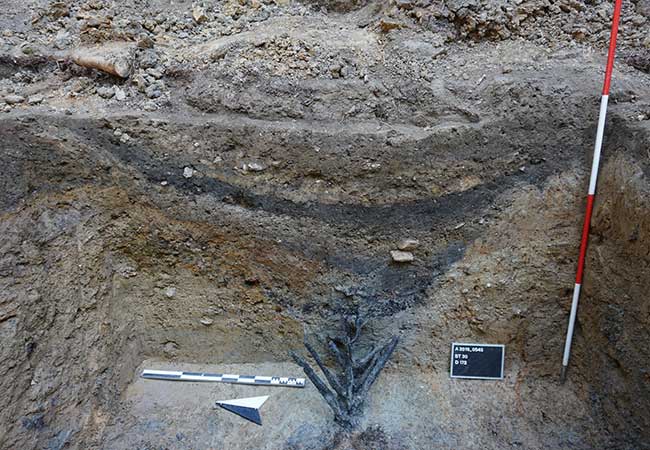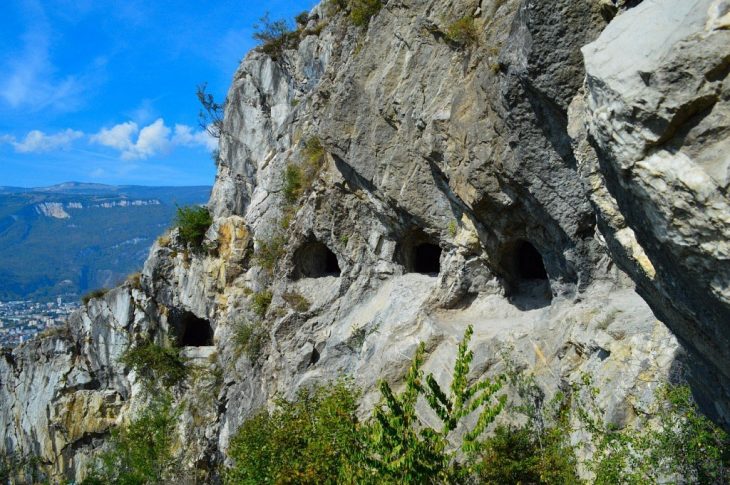Archaeologists have uncovered a 2,000-year-old grave from the Roman settlement in Heerlen, Netherlands. The latest analysis has shown that it belonged to a Roman soldier named ‘Flaccus’.
The discovery is being touted as the “most unique evidence of Roman habitation at this location,” as this is the first time a Roman grave has been found from 0 AD with a name pointing to its occupant.
The discovery, which was discovered during ongoing excavations at the Raadhuisplein (Town Hall Square), provides fresh information about Heerlen’s past as Coriovallum, a Roman settlement that was ideally situated at the intersection of important Roman roads.
During a renovation project at the Raadhuisplein in late November 2024, archaeologists from ADC ArcheoProjecten discovered the grave. Because of its rectangular shape and discolored soil, the pit was first thought to be a cellar pit. However, the discovery of cremation remains clarified the pit’s function.
The grave also contained a fragment of a La Tène bracelet, pottery, shards, and three complete Roman plates of Terra Sigillata, according to a statement released by the municipality. One of these plates bore the abbreviation “FLAC,” a nickname for Flaccus, carved into its surface.
📣 Our WhatsApp channel is now LIVE! Stay up-to-date with the latest news and updates, just click here to follow us on WhatsApp and never miss a thing!!

Experts deduced the name ‘Flaccus’ from the abbreviation FLAC, which was carved into a bowl discovered in the grave, as per the media statement. “In addition to the bowl, the researchers also found a bronze skin scraper and four different plates. The pottery, which comes from Italy, confirms that Flaccus was a Roman soldier. It is a unique find because it is not only the oldest Roman grave in Heerlen but also because no name was known there before,” the statement noted.
The Raadhuisplein, located near the historical roads Via Belgica and Via Traiana, was an important location in the middle of the Roman settlement Coriovallum, the Heerlen of that time. The square is a unique place where 2000 years of history come together and the complete story of Heerlen is revealed bit by bit.
These special discoveries contribute to a deeper understanding of Heerlen’s rich past and its Roman origins.
Cover Image Credit: Municipality of Heerlen/Facebook


